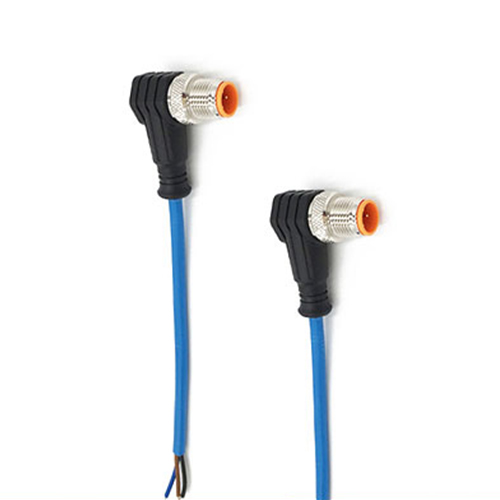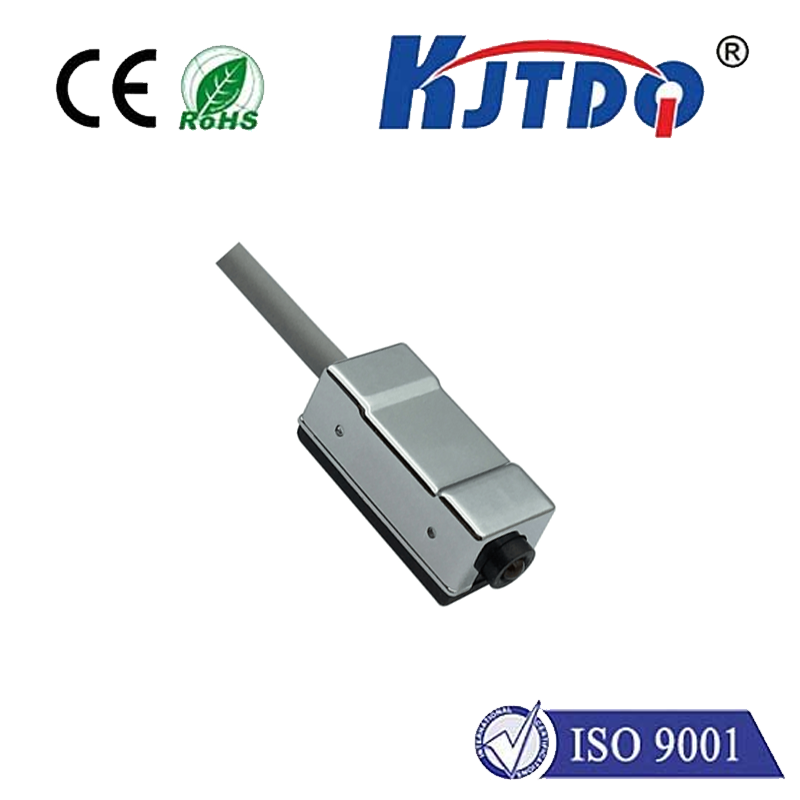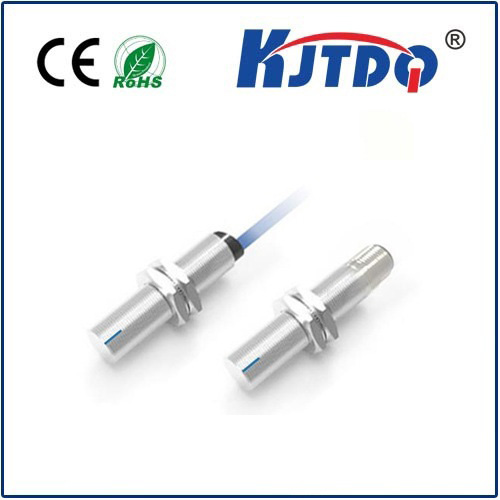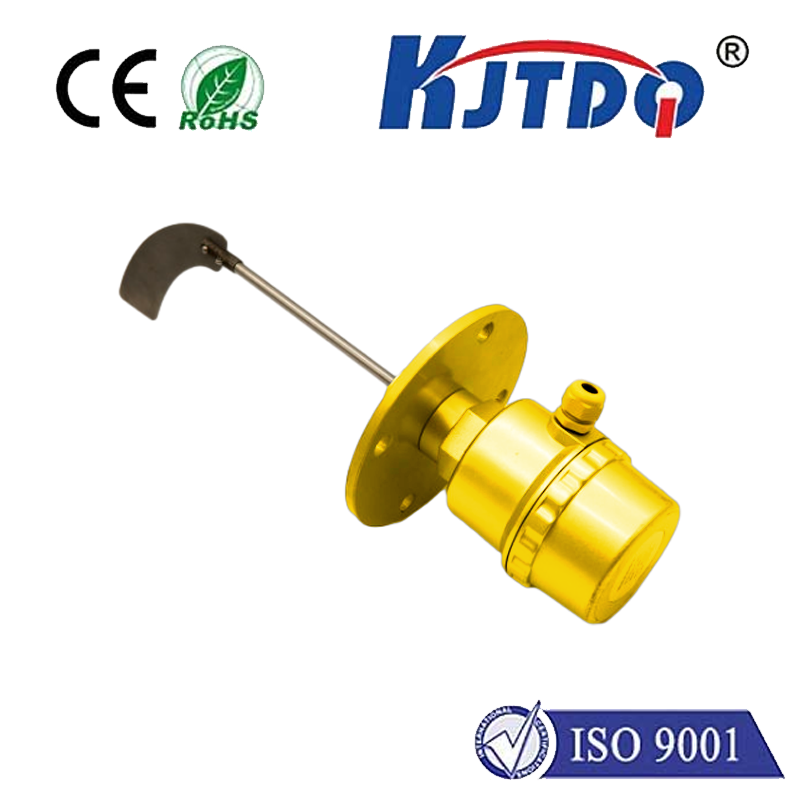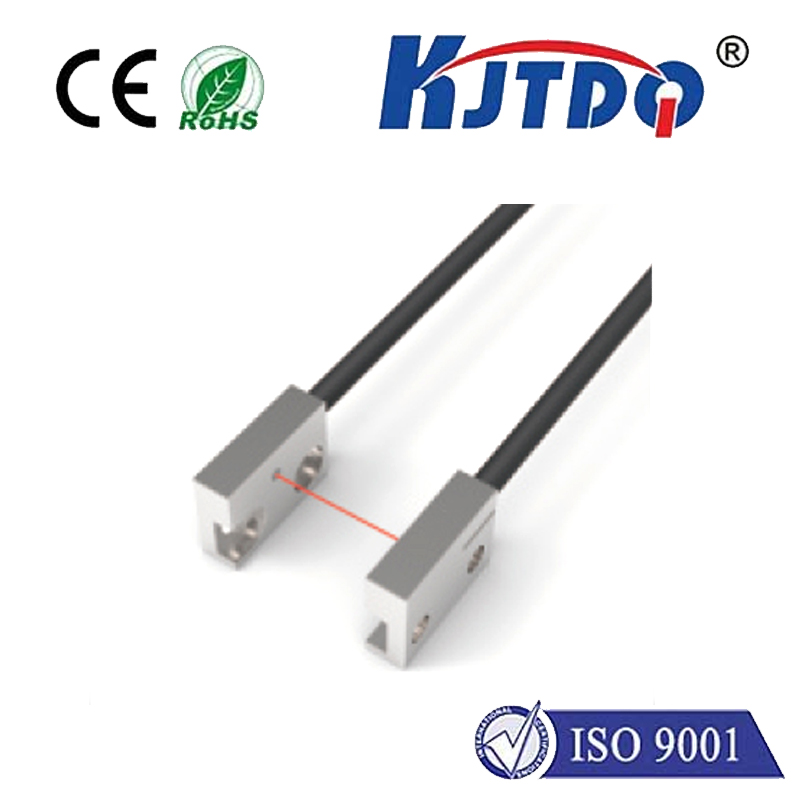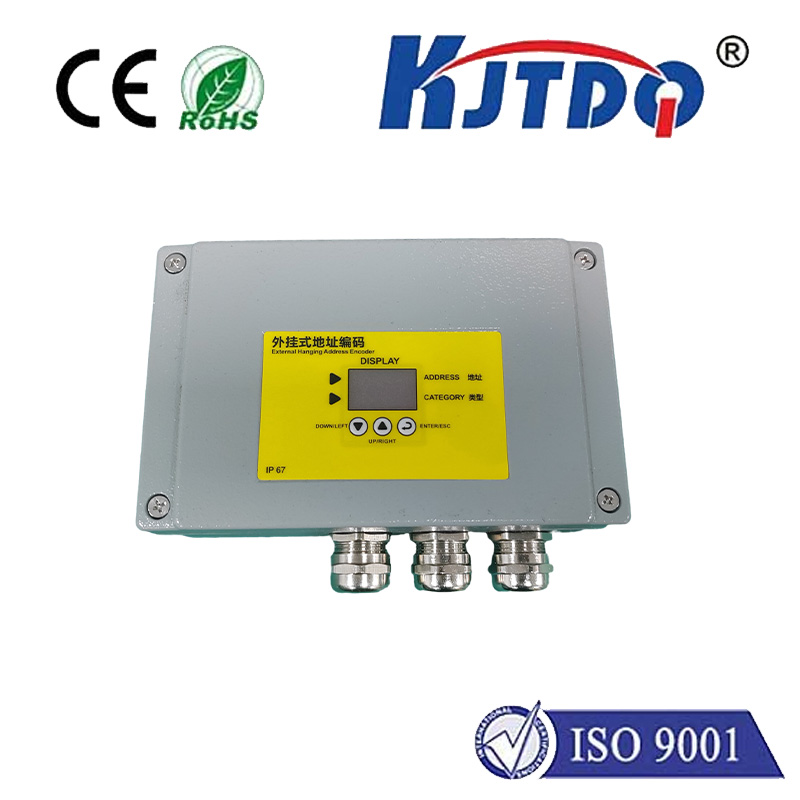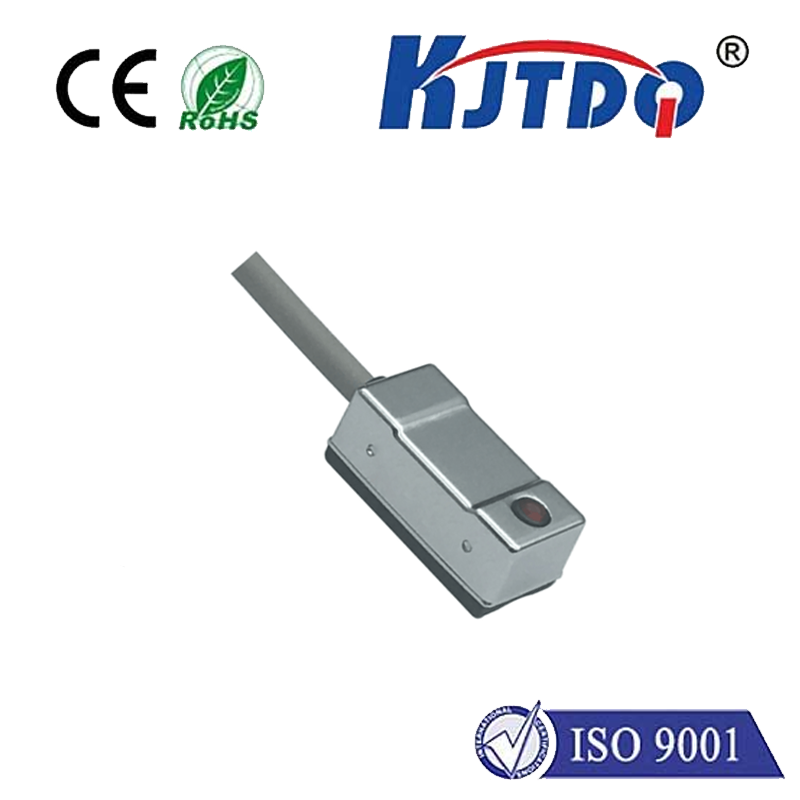In the realm of 3D printing, precision is paramount. Enter the proximity sensor for 3D printer bed leveling a game-changer that ensures your prints come out flawlessly every time. Gone are the days of tedious manual leveling and uneven surfaces. With this advanced technology, achieving a perfectly leveled print bed has never been easier.
A proximity sensor operates on a simple yet ingenious principle. It utilizes various detection methods, such as infrared, ultrasonic, or capacitive sensing, to measure the distance between the sensor and the print bed. This data is then used by the printer’s firmware to adjust the bed’s position, ensuring it is perfectly parallel to the nozzle before printing begins.

The benefits of using a proximity sensor extend far beyond mere convenience. By automating the bed leveling process, these sensors drastically reduce the setup time for each print job. What used to take minutes of meticulous adjustment can now be accomplished in mere seconds, allowing you to focus more on bringing your creative ideas to life. Moreover, the accuracy afforded by proximity sensors significantly enhances print quality. Say goodbye to the frustration of warped edges, inconsistent layer heights, and prints that fail to adhere properly. Each layer is now laid down with precision, resulting in stunning, professional-grade finishes that will impress both you and your audience.
One of the most appealing aspects of proximity sensors is their broad compatibility with a wide range of 3D printer models. Whether you own an entry-level hobbyist printer or a high-end industrial machine, there’s a good chance that a proximity sensor can seamlessly integrate into your setup. These sensors are also highly versatile, capable of adapting to various print bed materials and textures. From smooth glass beds to rough build plates, a proximity sensor can accurately determine the surface level, making it a must-have tool for any 3D printing enthusiast’s arsenal.
Contrary to what you might expect, installing a proximity sensor on your 3D printer is a breeze. Most sensors come with detailed instructions and require minimal hardware modifications to your printer. In some cases, they can be attached using simple adhesive strips or clips, eliminating the need for complex wiring or soldering. Once installed, configuring the sensor within your printer’s firmware is usually a straightforward process. Many popular 3D printer control boards, such as those running Marlin or OctoPrint firmware, offer built-in support for proximity sensors, making integration seamless and hassle-free.
As technology continues to evolve at a rapid pace, we can expect proximity sensors for 3D printer bed leveling to become even more advanced and accessible. With ongoing research and development, future iterations may feature improved accuracy, faster response times, and enhanced compatibility with new printing technologies. In conclusion, if you’re serious about taking your 3D printing skills to the next level, investing in a proximity sensor for bed leveling is a decision you won’t regret. Embrace this innovative technology and unlock a world of precision, efficiency, and limitless creativity in your 3D printing endeavors.
